Exploring Immersive Entertainment
An update on the past year building towards the World's Fair.
If you're reading this, chances are you're one of the 300 million (yes, million) people who have ridden "it's a small world." I'd also bet that its catchy tune is about to be playing in your head — it's a small world after all… (Sorry!)
What you may not know is that this attraction was built for the 1964 New York World's Fair as a collaboration between UNICEF, Pepsi, and WED Enterprises (i.e., Walt Disney's cracked team of Imagineers). At the request of Robert Moses, Walt Disney was tasked with bringing his magic to the East Coast for the Fair in partnership with some of the most prominent American corporations. Disney delivered "small world," along with three other blockbuster attractions.
Over 10 million visitors experienced "it's a small world" during the Fair, and it still operates as one of the most beloved attractions in the world with a version at every Disney Park. In partnership with Ford, they produced the "Ford Magic Skyway," where guests were seated in the newly debuted Mustang and taken on a journey from the ancient past to the far future.
With the State of Illinois, Disney introduced the first public "audio-animatronics" prototype in the show "Great Moments with Mr. Lincoln," where the former president gave a 5-minute speech about liberty and freedom. Lastly, they built an entire exhibit for General Electric featuring a fusion reactor to demonstrate the future of limitless energy and a rotating theater show promoting technological progress through the ages. Today, the "Carousel of Progress" welcomes millions of guests every year at the Magic Kingdom in Florida.
These "attractions" were hosted in custom-designed buildings called "pavilions," which served as the Fair's building blocks. The 1964 New York World's Fair featured over 150 pavilions, which you would explore like rides at a theme park. Between talks, shows, and delicious food, you'd get in line at one of the pavilions and wait your turn for some unique experience.
While they came in many shapes and sizes, each pavilion was generally about an idea, technology, person, company, place, or theme. They were designed to give you, as the guest, an exciting experience and chance to learn something new — you might see Michelangelo's Pietà on loan from the Vatican, wander through a garden of recreated scale-model rockets, interact with a computer for the first time, or even get to make a real video call. (Listen, it was exciting in 1964!)
This experiential component of the World's Fair is what made it so magical. It wasn't just a bunch of trade show booths like CES or keynote talks like TED (although it had both); the dozens of individual attractions introduced the general public to new ideas and possibilities. These attractions ignited the imagination of millions of guests (including Carl Sagan) and cemented the legacy of the World's Fair as the place you go to experience the future.
Well — it was the place you'd go to experience the future.
The World's Fair has largely faded from our culture (a deep dive essay for another time). To experience anything close to it today, you've got to go to a Disney or Universal Studios theme park where you eat, watch shows, and experience attractions. Even Disney World's EPCOT, designed to be a "permanent world's fair", won't necessarily give you a glimpse of the future anymore — just nostalgia for a bygone era.
Despite a dearth of future-oriented attractions, we've seen an entire industry develop in the last few decades — one I had no idea existed when I started working on the Fair. This industry, broadly called "experiential entertainment," thrives by creating standalone experiences or "attractions" in cities around the world that millions of people visit.
It includes things you've almost certainly heard of, if not visited, like the Museum of Ice Cream, Immersive Van Gogh, Sandbox VR, or the (in)famous Willy Wonka experience that took Britain by storm. You may have also seen viral clips online or visited others like the City Museum in St. Louis, TeamLab in Tokyo, Secret Cinema in London, or Meow Wolf in Santa Fe or Vegas. You can even bucket escape rooms, festivals like Burning Man, shows like Cirque Du Soleil, brand activations like SXSWestworld, and the beloved Sphere into this category.
Of course, there are hundreds more examples. Pick any city and there's a good chance that an "immersive experience" will be on the must-visit list. In some places, they're even the most visited thing — TeamLab Tokyo is the #1 tourist attraction in Japan, and Meow Wolf's House of Eternal Return is the #1 tourist attraction in the state of New Mexico. Even smaller "pop-ups" are insanely popular; Immersive Van Gogh saw over 5m visitors in 15 months!
I won't bore you all with market stats, but I'll say that this industry is growing and not going away. I, along with many others — including Sam Altman — believe that this industry will only increase in popularity as people seek out new, offline experiences to share with family and friends.
(Also, what do you think Westworld and Jurassic Park are….)
Building a new World's Fair
Now, let me back up and give you a little more context on why I'm even telling you this.
I first went to Disneyland when I was 10 and got to experience the "home of tomorrow" in the Innovation Center. Inside a pavilion, this attraction was the first time I got to touch, feel, see, and ultimately experience the future: robots, touchscreens, a talking kitchen, and some early instantiations of alternate reality tech. It took the future I could only imagine at a distance, watching the Jetsons with my Dad or reading Popular Science, and turned it into something concrete.
When I think about the World's Fair and its power to inspire millions, I envision building dozens of wonderful experiences like the "home of tomorrow" at the largest possible scale, creating an unforgettable experience. An experience that will remind every guest of what humanity is capable of and, more importantly, ignite the ambition of every kid who visits to become a scientist, technologist, or entrepreneur — to become a builder of the future.
At the start of this journey three years ago, this is the thread I started pulling on.
I cold emailed and met with a bunch of Imagineers, and read books on theme park development. This initial exploration opened the "experiential entertainment" industry to me — like I had unlocked new territory on the game map. Suddenly, I saw this stuff everywhere and noticed the hundreds of people, organizations, and experiences that create this ecosystem of attraction design, fabrication, design, development, and operations. It became clear that if we build a World's Fair full of wonderful attractions, this industry and the people who make it up will play a critical role.
So, in January 2023, I decided to dive down the rabbit hole and explore, to meet people, gain hands-on experience, and wrap my head around a critical piece for future World's Fair development.
My first hypothesis was that we should build our own immersive experience about the future. On the advice of my friend and former Imagineer Tim Delaney, I needed to start with a story and then a concept for an experience. After a few months (and a bunch of terrible ideas), I landed on a story called Infinium Labs about a group of scientists who discover a new energy source and use it to create new technologies. As a guest, you're invited on a top-secret mission to visit their lab and help distribute these technologies to the world.
I needed help fleshing out the details, and serendipitously, my good friend (and podcast guest) Gary Sheng put me in touch with Meow Wolf alumni Chris Clavio. Chris spent five years helping build Meow Wolf from a scrappy art collective in Santa Fe to an immersive entertainment juggernaut that now has five locations and collectively hosts over 3 million guests a year.
I hired Chris as a consultant to accelerate my learning and as a result got a crash course in commercial construction, technical development, and creative project management. We had so much fun working together over the summer that we decided to team up for a project. Instead of starting with a massive exhibit for Infinium Labs (which was my plan), we thought about what we could prototype and build immediately.
Chris had been incubating a concept for an elevator ride to space designed to give guests the Overview Effect — the transcendental experience of viewing the Earth from space. It was definite, well-scoped, and something we could build, so we decided to run with it and get to work!
Building a space elevator
Inspired by how Imagineers start their projects, we began with a tabletop model – a physical diorama of what we would build. (This really helps make the ambiguous creative concept concrete. Build more dioramas!!)
On August 5, I tossed my stuff in a bag and flew to Denver to meet with Chris. After a quick trip to Home Depot, the art supply store, and the package desk, we kicked off a hackathon-style sprint. Throughout the weekend, we built our tabletop “space elevator” model, complete with lights, a Clair de Lune soundtrack, and a rumble floor that we timed to shake as you entered back into the atmosphere.
It was a rough prototype, but it gave us a clear picture of what we were working towards.
Next, we wanted to level up the content.
With some refinement to our Unreal Engine model, we ported the content into a VR headset, allowing us to put people into the experience. You'd step into the elevator in VR, hit go, and be lifted up to space. We did a bunch of iterations and finally got it to the point where we would show it off to anyone who would humor us. We even managed to get a former astronaut to try it, who provided the feedback "pretty damn close," which was a highlight.
With feedback in hand, it was time to turn it up a notch and build something that would attract more people. We were racking our brains on what we could build that wouldn't take months and a ton of capital. In a moment of epiphany, Chris landed on "Tardis," a proof of concept inspired by Doctor Who. It would be a four-person, elevator-car sized physical ride vehicle that would put you into the experience and take you "up to orbit."
We devised a plan, gathered some of the required resources, and got building.
We assembled a motley crew of creatives in Denver and, over six whirlwind weeks, built out the next version of the content, a show control system, a soundtrack, and a complete physical ride vehicle. Effectively, an MVP of a Disney-level attraction!
We wanted to showcase it in a spectacular (and experiential) fashion, so we partnered with Invisible City to host a one-night show in Denver. We sold tickets, turned the venue into a botanical garden spaceport complete with fresh mulch, and welcomed over 500 guests to the sold-out experience. It was so beloved that we kept the ride up the next week to host those who couldn't get tickets or make it to the event.
With the tailwind of this massive win, we began charting our next steps: Los Angeles, San Francisco, and beyond! We'd level up the elevator, expand the story, and run the experience in every city in the world – the possibilities were endless!
Everyone has a plan…
(Until they get punched in the face).
While we weren't punched in the face, things didn't go as planned. The rapid move from Denver to LA and then to San Francisco didn't quite pan out. And while it was clear that we had built something awesome, I had drastically underestimated how difficult it would be to close the gap between the prototype and something commercially ready.
I won't get into all the details here. The short of it is that we built an excellent prototype but not a complete standalone experience. One of the (many) lessons learned is to think about how attractions are experienced by guests, where, and in what context. It's quite different to give someone a 5-minute experience and a 45-minute one, especially if they're paying good money for a ticket. It's also critical to consider the location; foot traffic and accessibility are vital to getting guests to come out and provide the information necessary to learn and improve.
This complexity and several other factors convinced me that the additional time, capital, and energy poured into this pathway wouldn't be the most effective next step for the World's Fair. Instead, the Fair is going to regroup with all of the lessons learned to chart a path forward while the space elevator project will continue to grow and evolve as One World.
All in all, this exploration was incredibly fruitful! As the guy working to bring this together, I got the desired crash course in understanding the industry and built relationships with dozens of incredible people. More tangibly, I got hands-on experience designing and building an actual attraction, selling tickets, managing a budget, and operating with the help of ~40 others. It's also served as a huge morale boost and a positive signal to prospective partners.
This begs the question — what's next?
Most of you have been following along here for a while. (If you're new, welcome!)
This means you know that creating a new World's Fair is quite the project and that progress in all creative endeavors is rarely linear. There are stops and starts, wins and setbacks, successes and "failures" (i.e., learning opportunities). These challenges make this project fun and worthwhile; there is no playbook!
This exploration into immersive and experiential entertainment has filled me with a renewed sense of excitement and wonder. It's also clarified what will likely get us closer to the World's Fair (and what will not). Moving forward, we're exploring several exciting pathways and I'm spending the rest of the year laying the groundwork for an incredible 2025!
If you want to support our efforts or get involved next year, I'd love to hear from you (just hit reply). In any case, I look forward to seeing you in the near future at one of our activations and in the not-too-distant future on opening day of the next great World's Fair.
Onward and upward!
Cameron




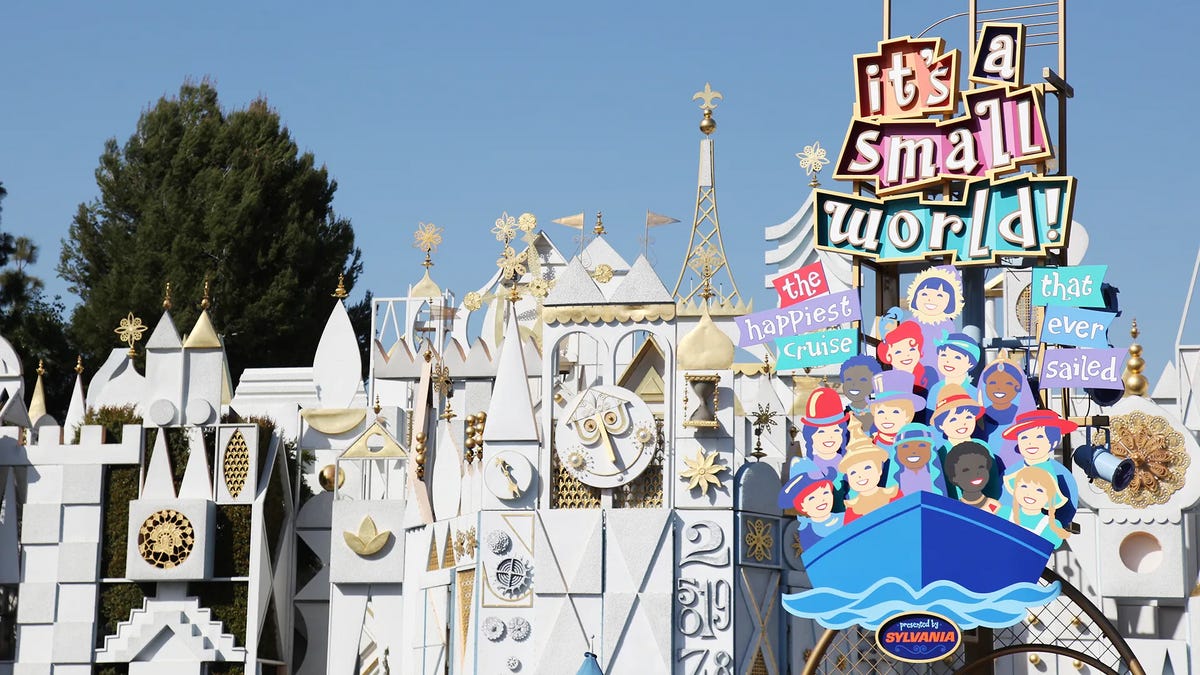
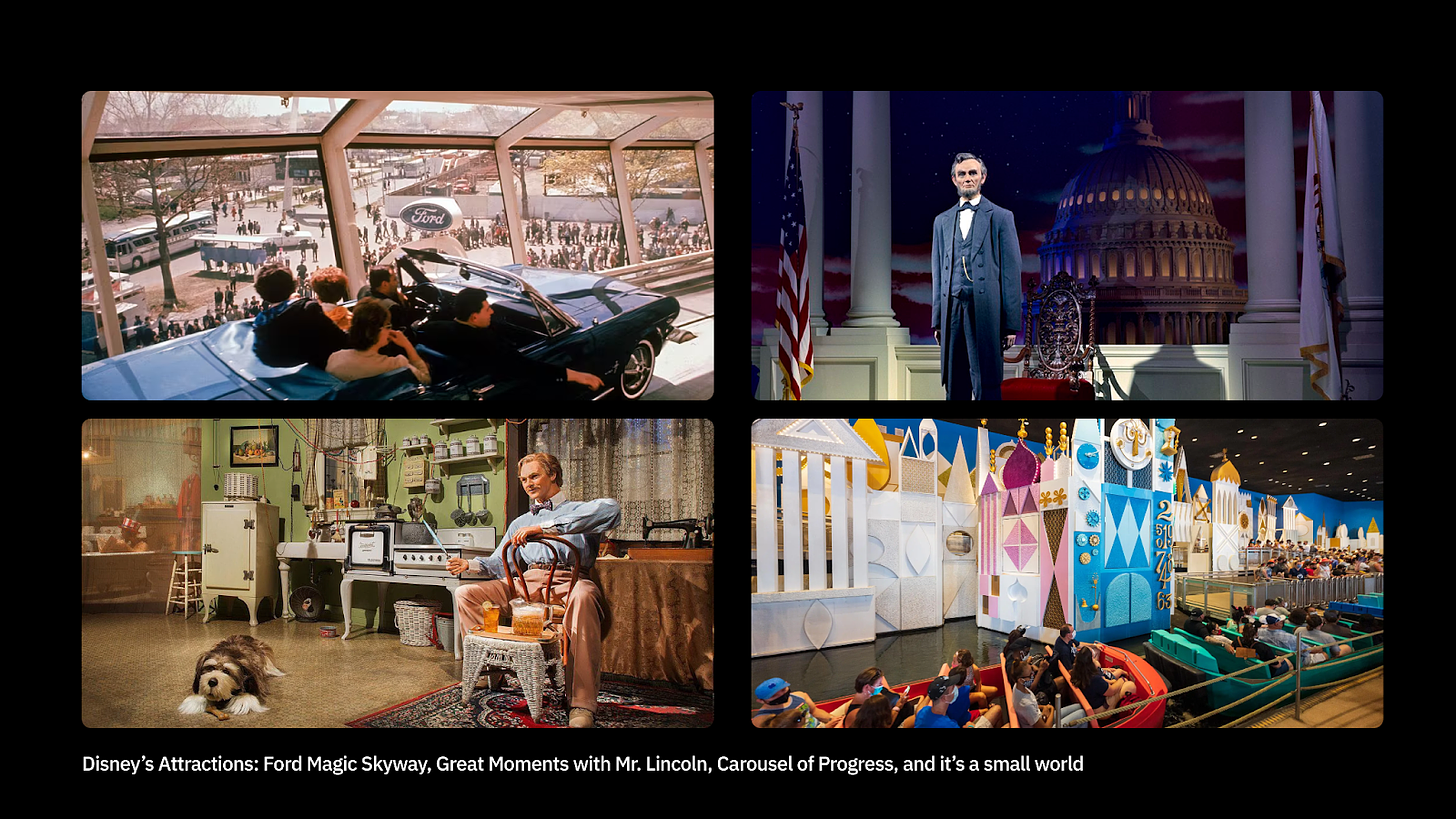
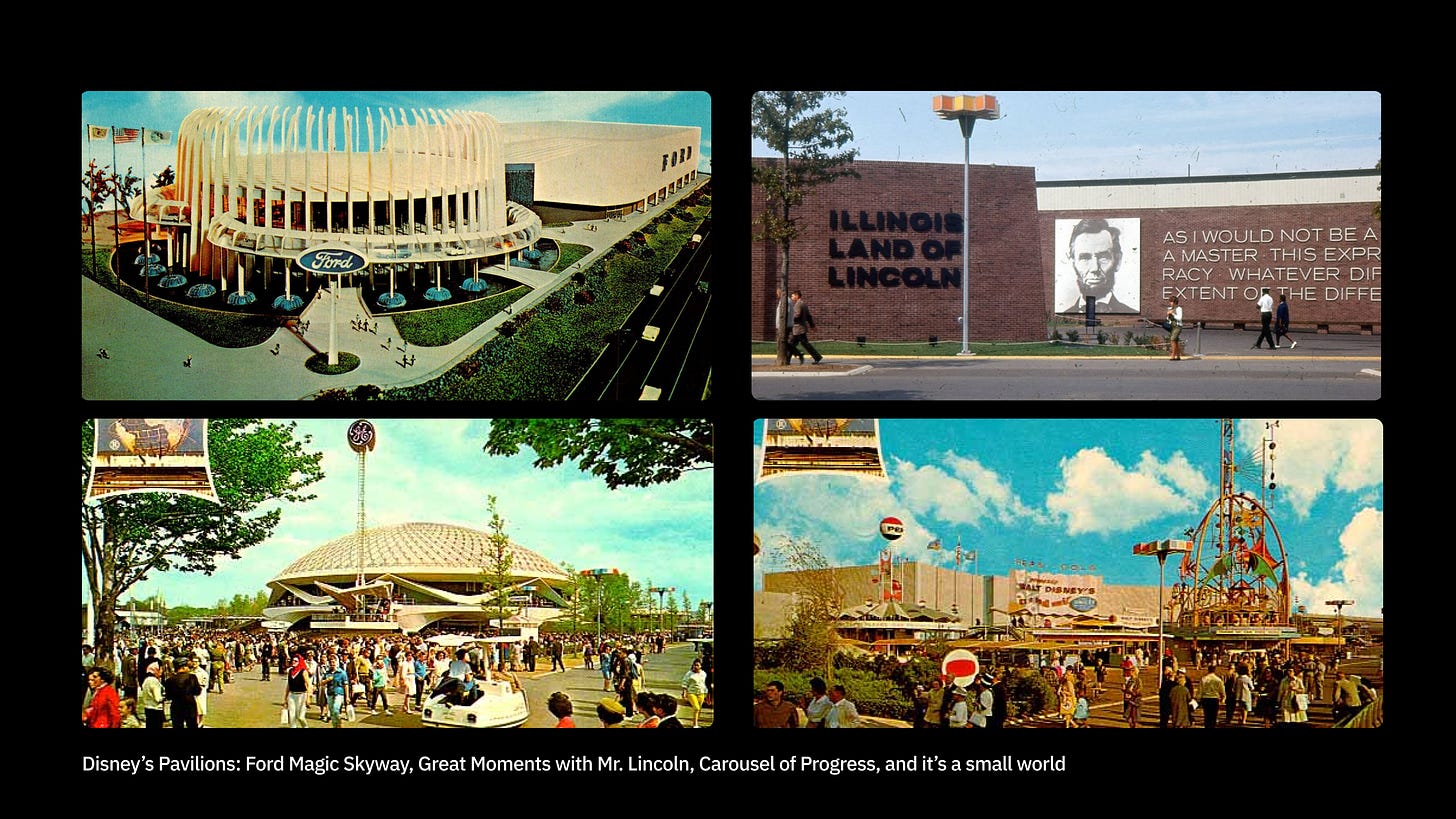
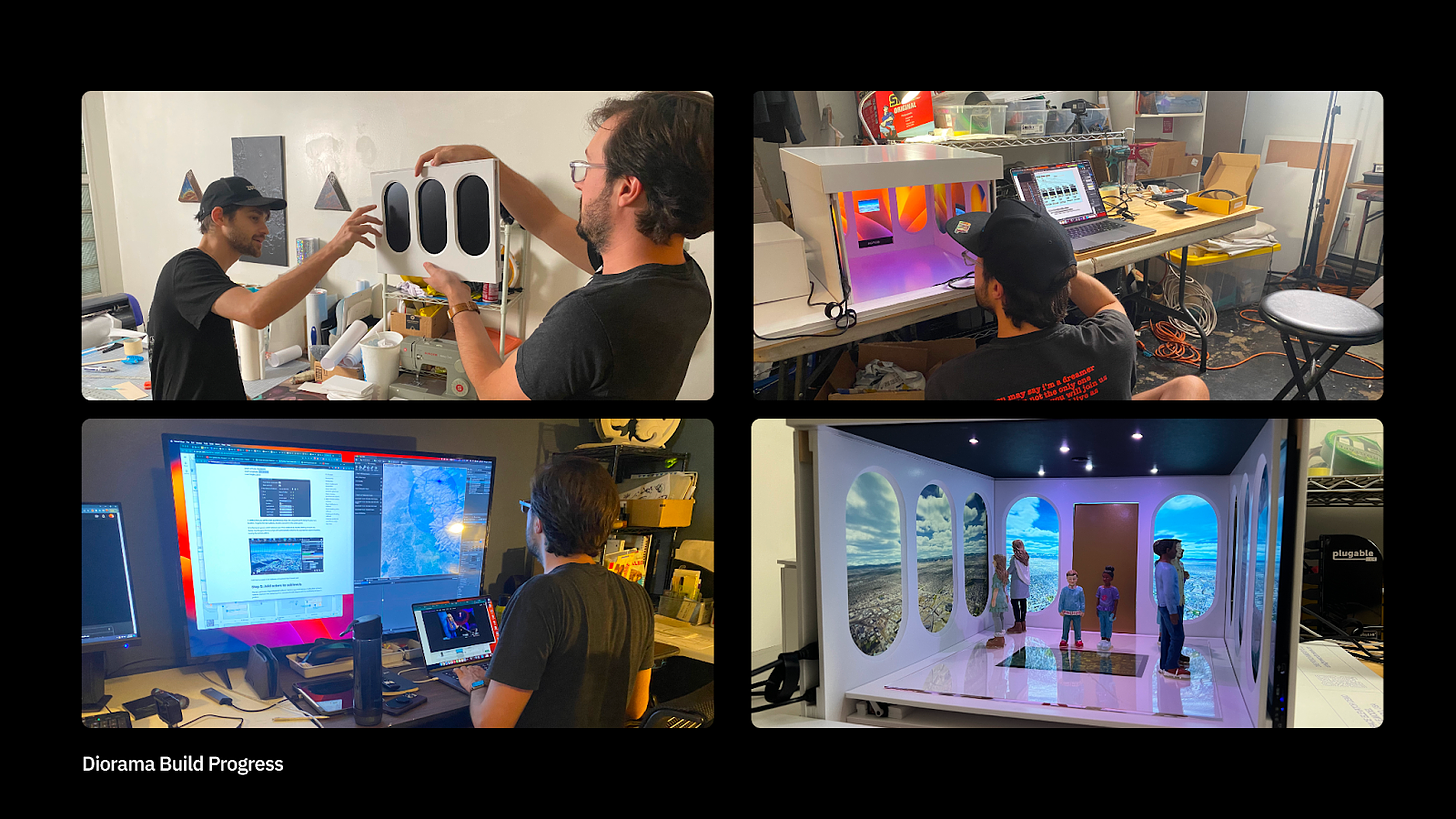
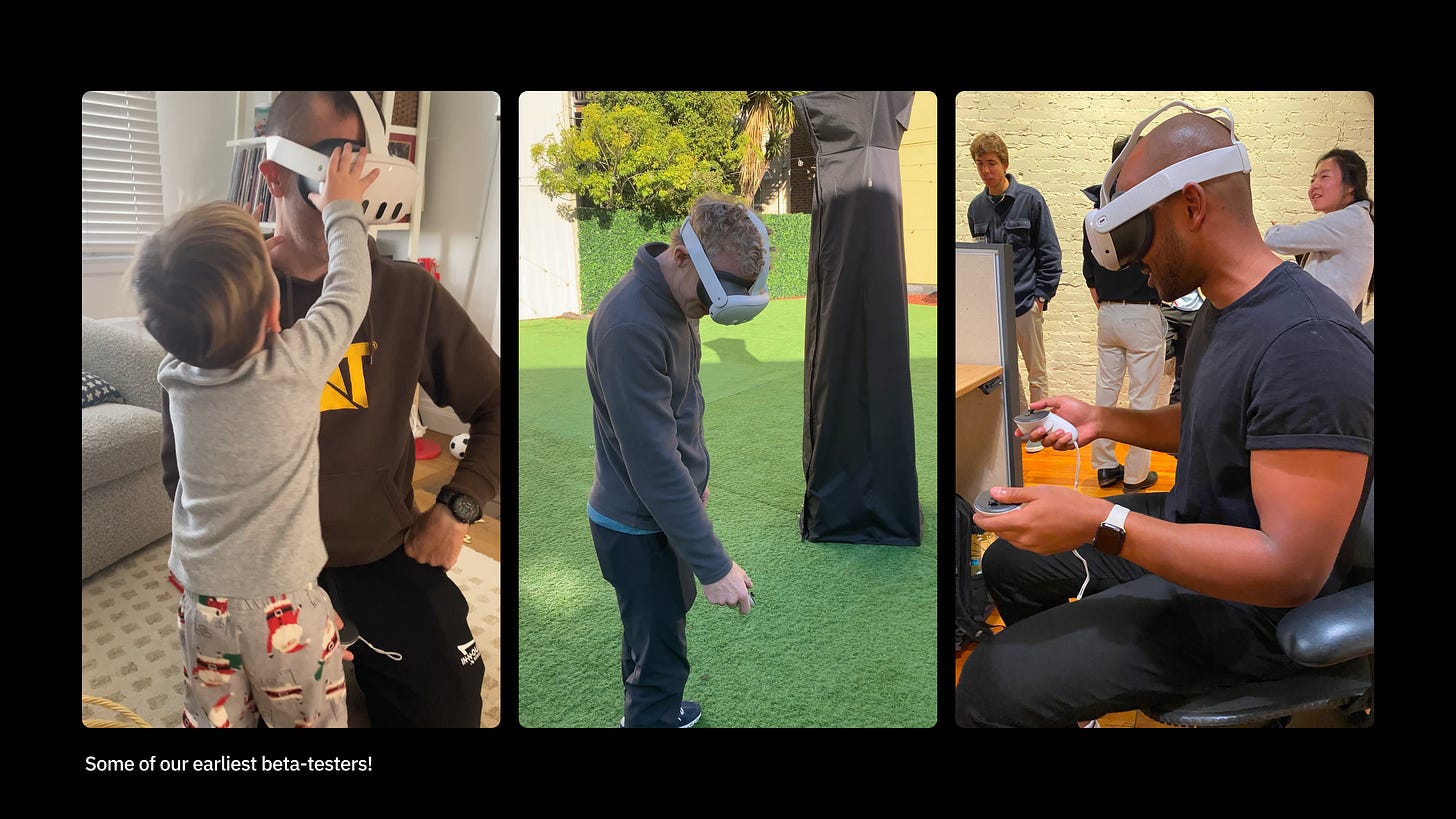
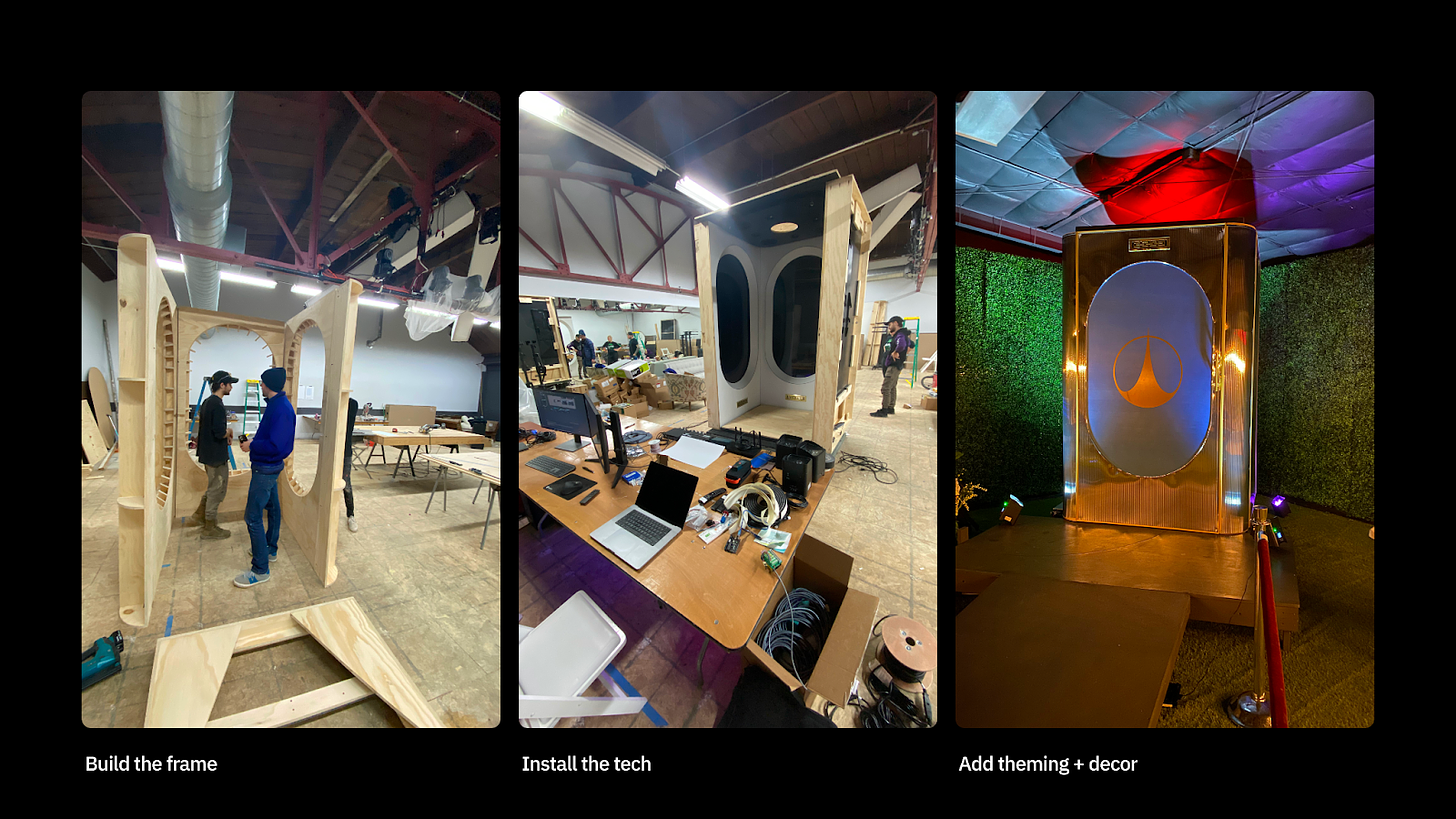
Space elevator experience was awesome! Can't wait to see what you cook up next.
Admittedly, I was a touch worried when I hadn't seen an update in some time. Well, I thought you were cool before, but now I think you're incredible! Fantastic update!